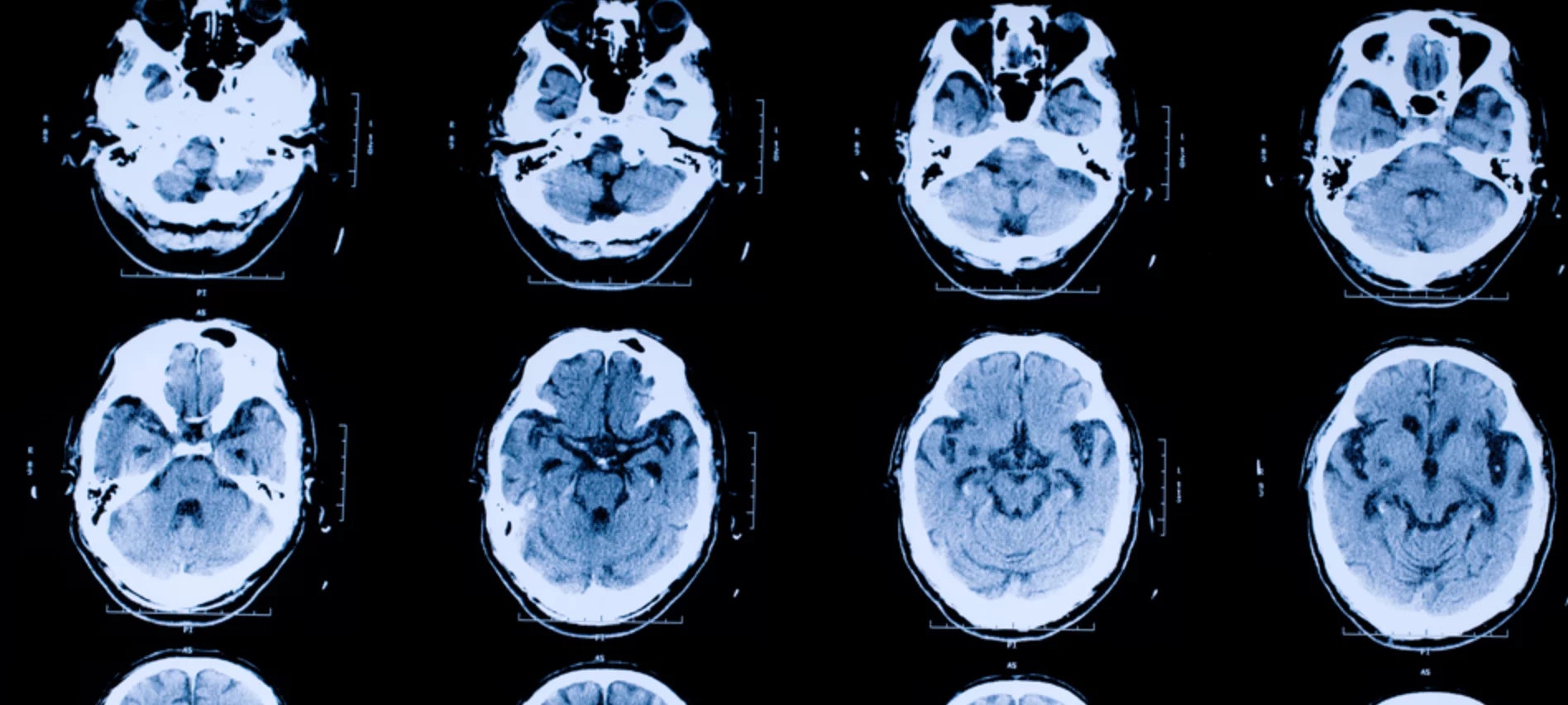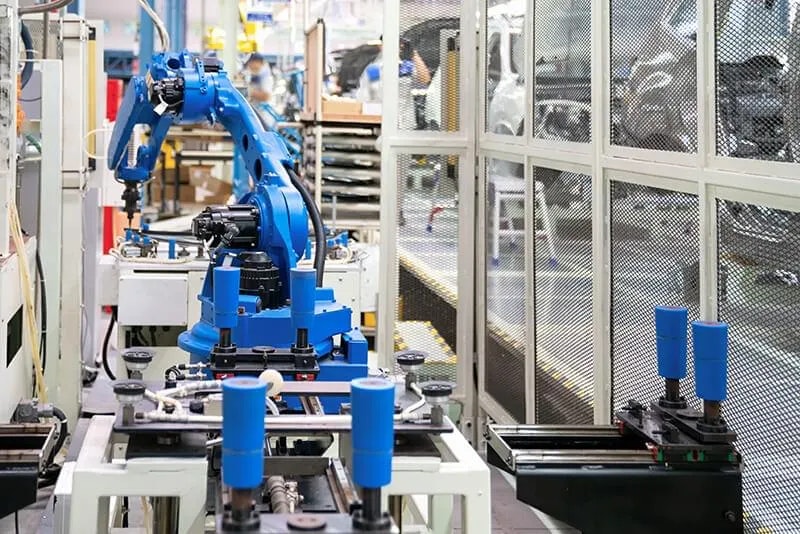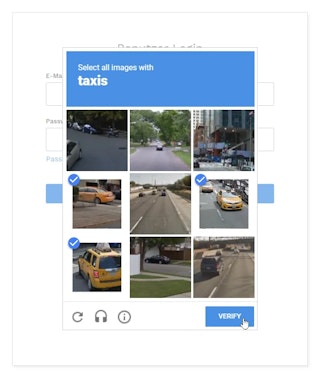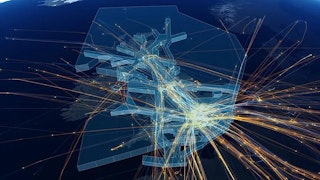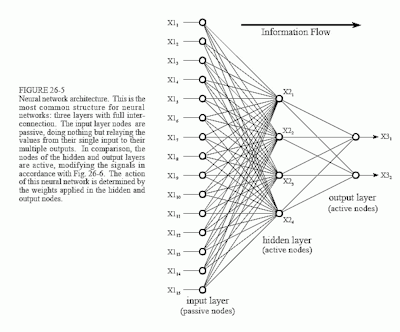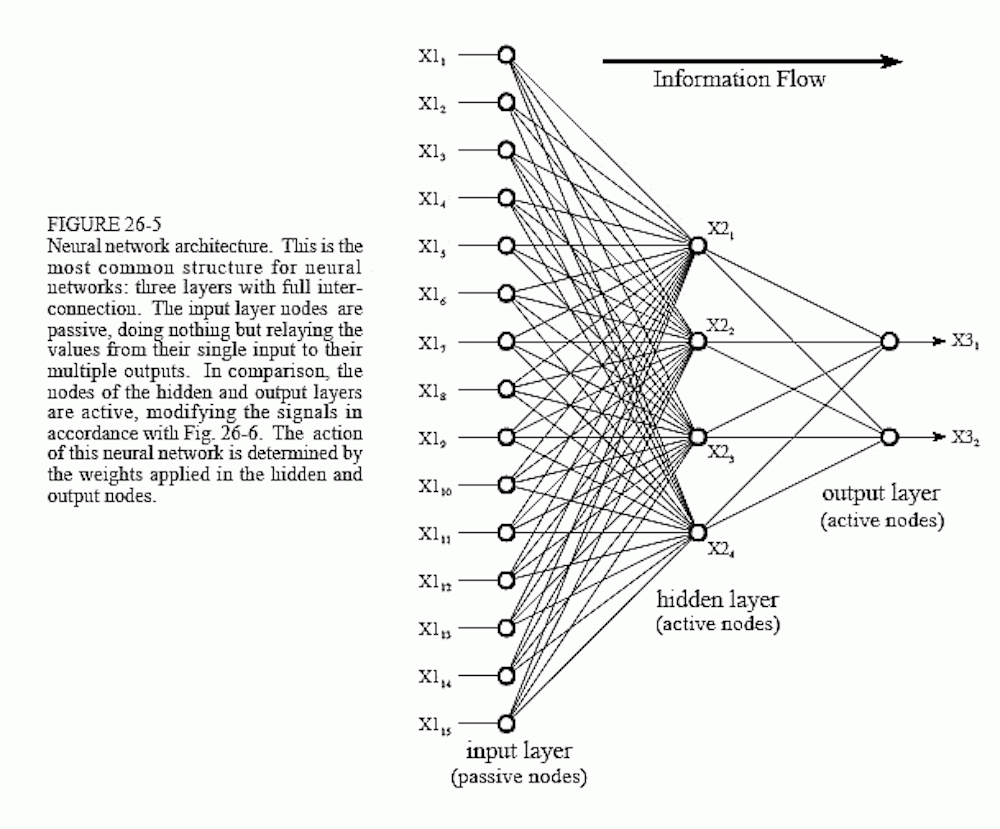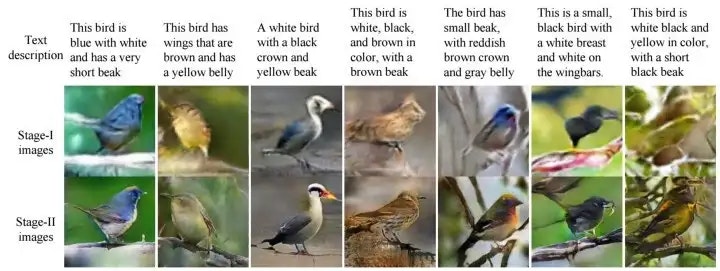On LinkedIn, news sites, and classrooms and offices everywhere the terms artificial intelligence (AI), machine learning, and deep learning receive frequent mention. If you’re considering working with any of these for your career — maybe you’re thinking of becoming a machine learning engineer, an AI specialist, or a data scientist — you might be confused as to what exactly the difference is between each.
You wouldn’t be alone. In fact, some argue that the ambiguity in how the terms artificial intelligence and machine learning are used is deliberate, at least in part. In calling “AI” what is merely “machine learning,” so John Naughton argues in The Guardian, companies around the world are attempting to distract us from the potential ills of their technologies by invoking the romantic project of artificial intelligence: the quest to invent machines with the reasoning, emotion, and sentience of humans.
Weak vs Strong AI
Implicit in Naughton’s argument is yet another distinction, that between artificial general intelligence, or AGI, and artificial narrow intelligence, or weak AI. Far less ambitious than AGI — of which no examples exist, its plausibility even being doubted by some researchers — weak artificial intelligence refers to the kinds of task-based AI technologies ubiquitous today: Google Translate, IBM’s Deep Blue chess computer, or Uber’s ride-hailing algorithms.
When companies use the term “AI” for these technologies, Naughton alleges, they are attempting to dress up weak AI in the trappings of AGI. Whether or not Naughton is correct in his analysis, it’s important for an aspiring AI professional to understand the distinction. It’s also important to understand that, while for some “artificial intelligence” might evoke memories of Spike Lee’s Her, Stanley Kubrick’s 2001: A Space Odyssey, James Cameron’s Terminator franchise, or the many other films that deal with imagined futures where intelligent machines threaten to surpass their human designers, when machine learning engineers and data scientists speak of AI in their day-to-day, they’re referring to the weak variant.
AI vs machine learning vs deep learning
But the question remains: how is artificial intelligence (here meaning weak AI) different from machine learning and deep learning? In truth, it’s not so much a question of how they’re different as what kinds of relationships exist between them. In the end, it’s quite simple.
